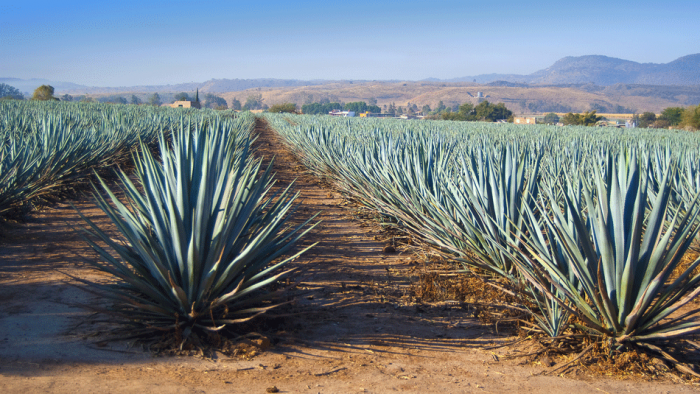Designed to raise awareness about the need for bat conservation, Bat Week is an annual celebration, honouring the role bats play in nature.
Just in time for Halloween happy hour, Bat Week happens October 24 -31. If you are an avid Tequila lover, pick a favourite and take a shot in honor of the flying mouse. Turns out bats help pollinate the agave plant that’s used to make tequila. Bottoms up!
Without agave, there will be no tequila and it’s hard to have agave without bats. Only a few species of these winged creatures are the plant’s primary pollinators. The century plant co-evolved with bats over thousands of years. As a result, it’s one of the very few, that pollinates at night.
Industrial agave farming has a negative effect on both plants and bats. Reports show a 60 percent growth in the tequila industry over the past 10 years.

The problem is that commercial production involves cutting agave stalks before they reproduce. That means no tasty pollen for hungry bats. And instead of plants that reproduce through bats spreading pollen from stem to stem, major tequila companies use cloned agave.
The next time you sip a spicy margarita or a tequila sunrise, pause for a moment to reflect on the contribution made to the tequila industry by some long unacknowledged friends.
Ready to learn some fun facts about bats and tequila to share at your next happy hour?
Long-nosed bats are the main pollinators of Century Plants. Recent surveys have shown that populations of long-nosed bats could be declining, but the possible impact on plants or the tequila industry has not been determined.
Long-nosed bats are medium-sized members of the family Phyllostomidae, weighing about 15-30 grams. The tongue and muzzle of the nectar-feeding bat are elongate, an adaptation for feeding on the nectar that accumulates in the interior of some flowers. The short ears and the small, triangular noseleaf are signs that these bats rely less on echolocation and probably more on their sense of smell to locate the flowers on which they feed.
Nectar and pollen are the main food items for long-nosed bats. Some plants, such as the Saguaro and Organ Pipe cacti, some species of agaves, and a variety of tropical species, open their flowers at night and attract bats with copious amounts of nectar. As bats feast on this sweet repast, their fur gets coated with pollen grains. When they fly to another plant in search of more food, they transfer the pollen to a new flower, assisting in cross-fertilization of the plants. Both the plant and the bat benefit from this relationship, and therefore are said to be mutualists.
Man also would be affected indirectly by the disappearance of long-nosed bats. Agaves had an important role in the diet of prehistoric Indians since the beginning of civilization in America.




